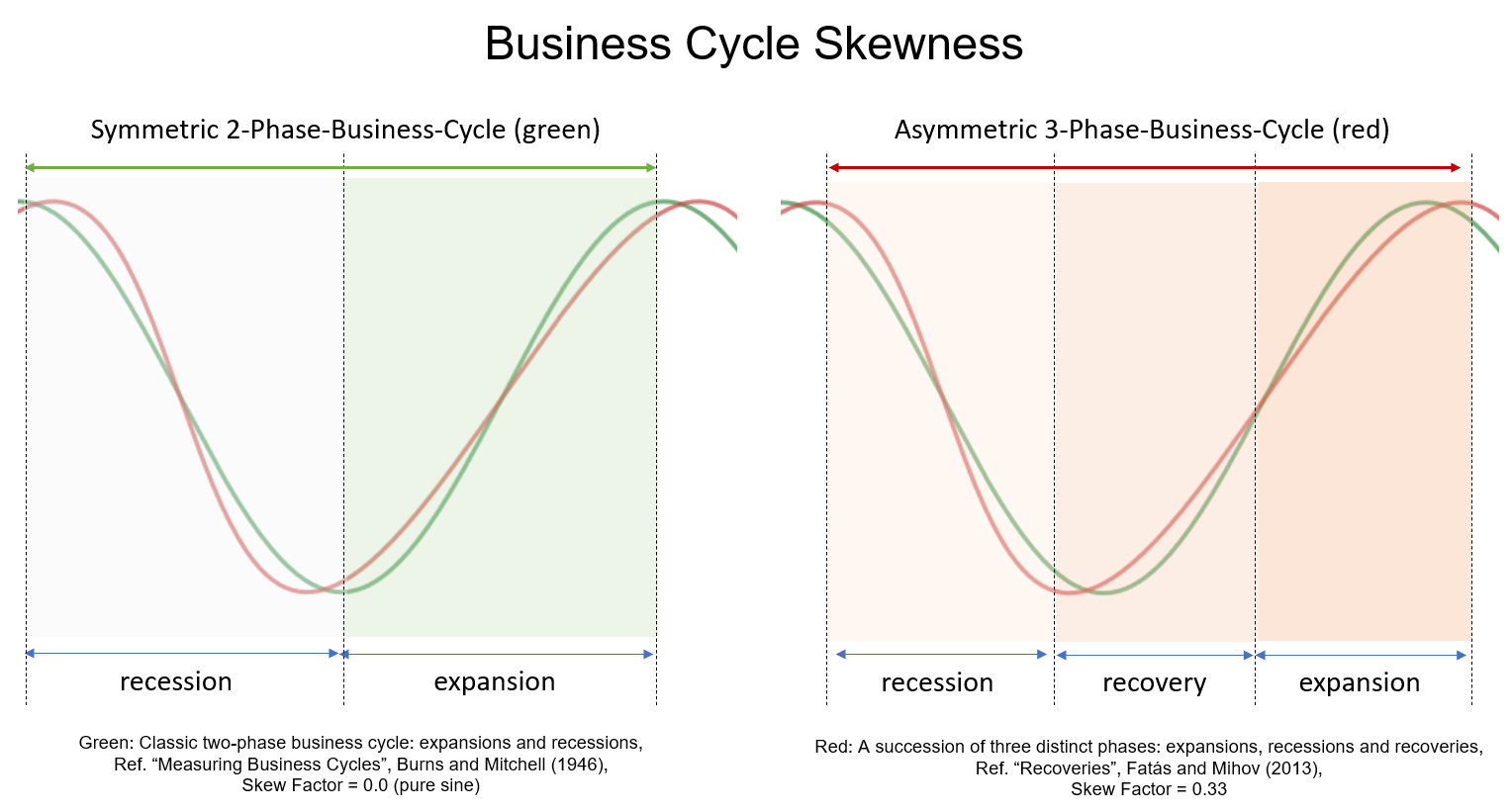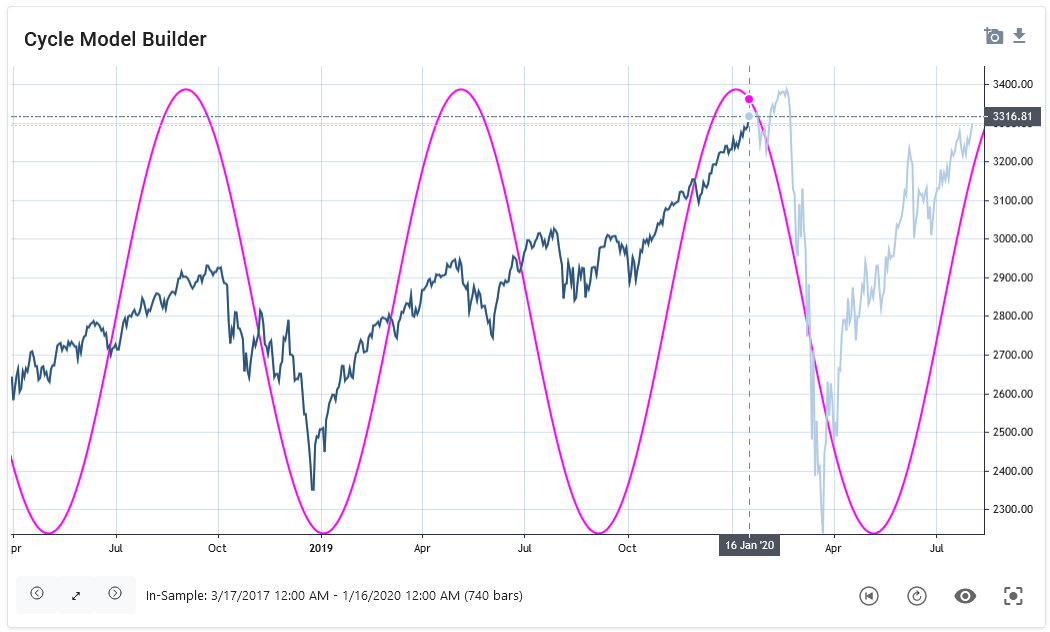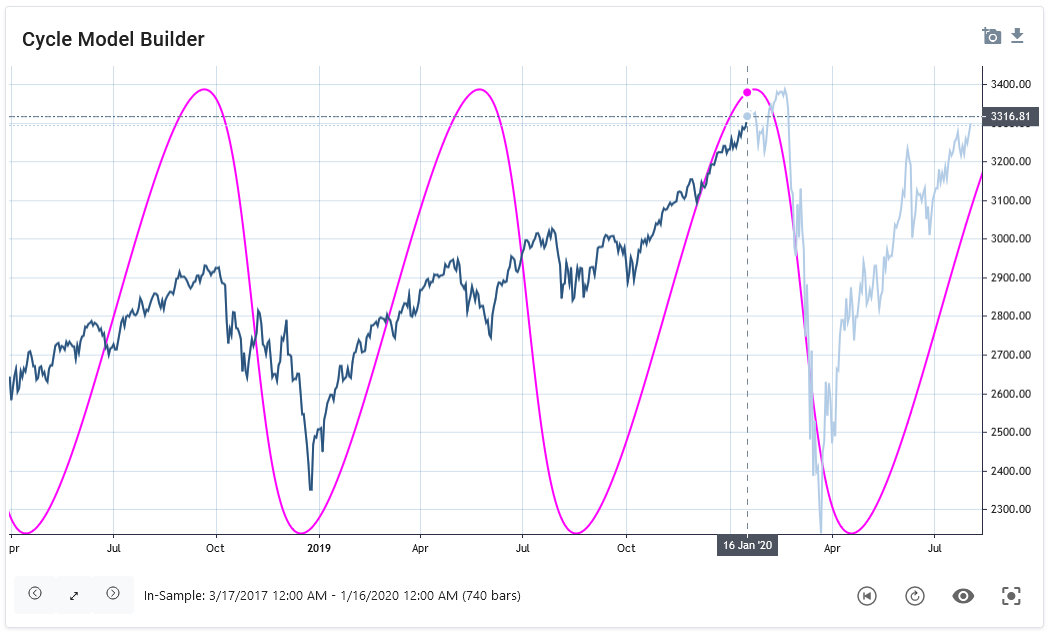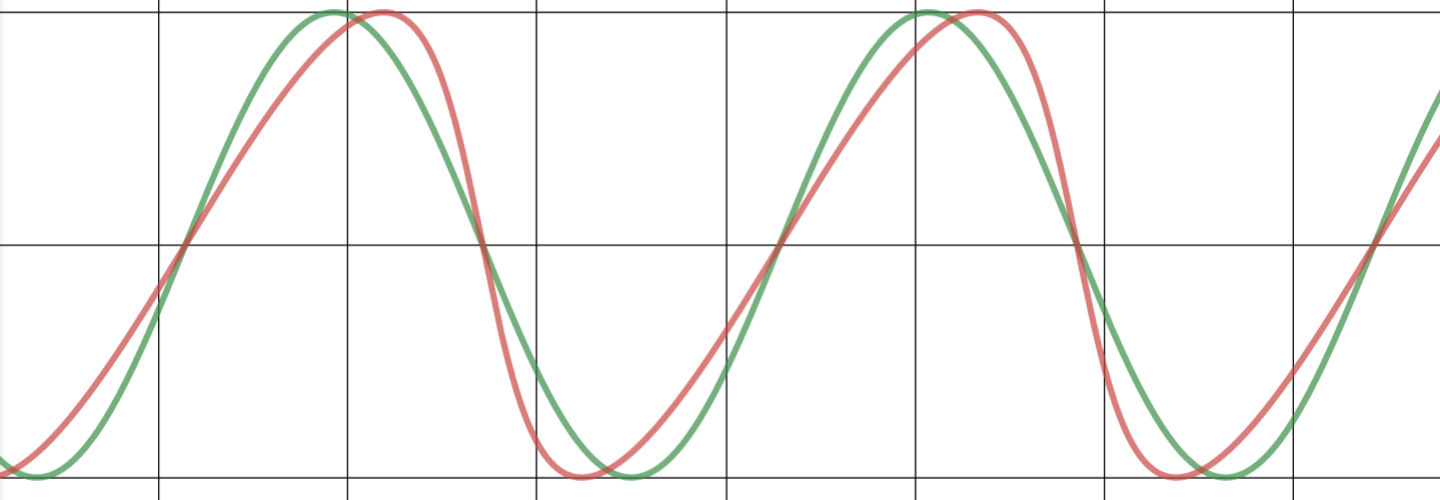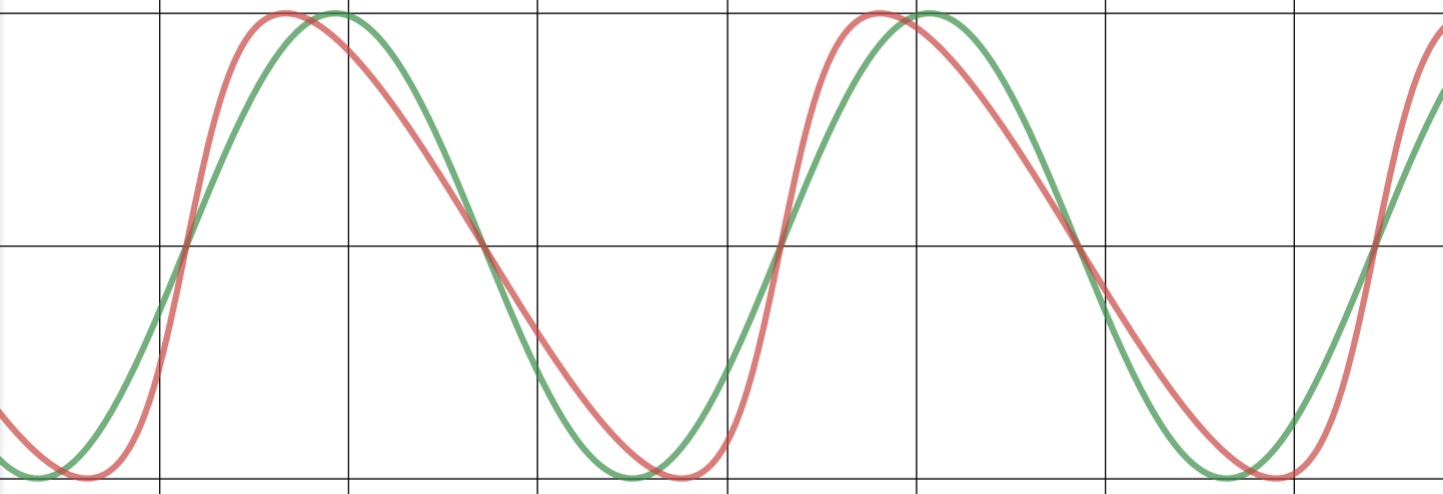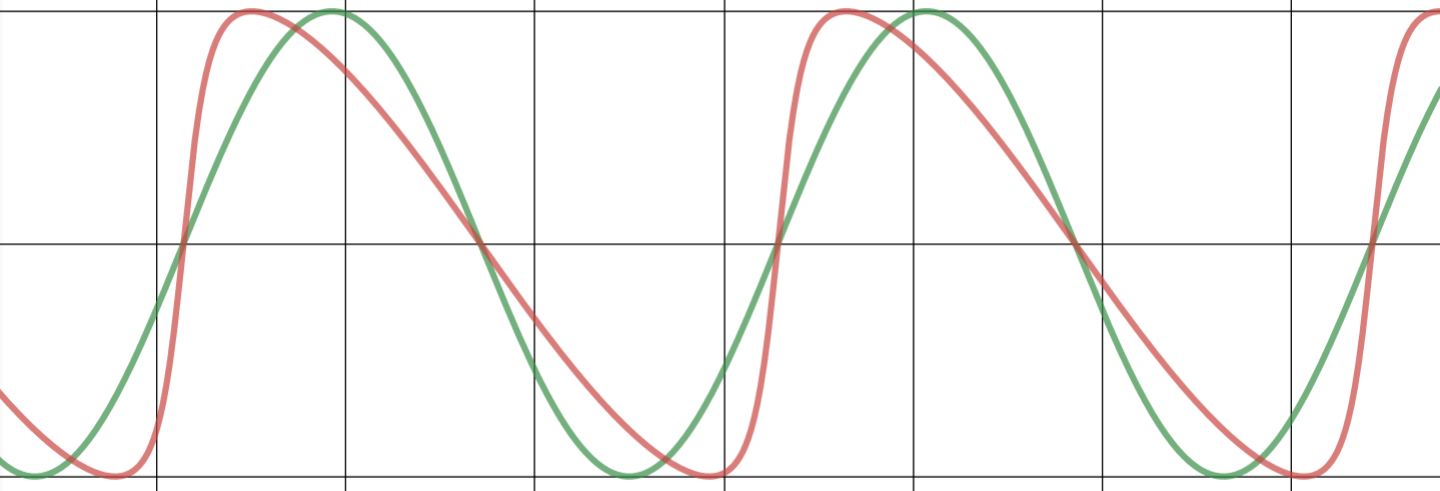Asymmetric Business Cycles and Cycle Skewness
The business cycle is a fundamental concept in macroeconomics. The economy has been characterized by an increasingly negative cyclical asymmetry over the last three decades. Studies show that recessions have become relatively more severe, while recoveries have become smoother, as recently highlighted by Fatas and Mihov. Finally, recessive episodes have become less frequent, suggesting longer expansions.
As a result, booms are increasingly smoother and longer-lasting than recessions.
These characteristics have led to an increasingly negative distortion of the business cycle in recent decades. An extensive literature has examined in detail the statistical properties of this empirical regularity and confirmed that the extent of contractions tends to be sharper and faster than that of expansions. The explanation of this pattern presents a challenge to the existing standard symmetric 2-phase cycle models. A theory is needed to cope with this. For this purpose, we design and estimate a dynamic skew cycle model that includes a skew factor.
The following illustration shows on the left side a classical, symmetrical 2-phase cycle (green). An asymmetrical 3-phase cycle (red) is highlighted on the right side.
Asymmetric Cycle Model
For modelling a simplified formula is used, which allows different distortions of the phases with a skew factor but at the same time keeps the length of the whole cycle, from peak to peak, the same without distortion.
The skew factor of 0.33 used in the red model shows that the upswing phase is twice as long as the recession, while ensuring the same total duration and amplitude of the standard 2-phase cycle model (green). This allows us to transfer identified cycle lengths and strengths to the 3-phase model for modeling.
A hands-on example
The first chart shows a detected dominant cycle with a length of 175 bars in January 2020, the light blue price data were not known to the cycle detection algorithm and represent the forecast range. The cycle is shown as a pink overlay. This symmetrical cycle forecast predicted that the peak would occur as early as the end of 2019 and the new low for this cycle in May. As can be seen, the peak was predicted too early and the low too late.
Chart: S&P 500 with 175 day symmetric cycle, skew factor: 0.0, date of analysis: 16. Jan 2020
Now, if we apply a skew to the same 175-day cycle, this is shown in the second graph. The date of analysis is still January 16 and the light blue is the prediction period. Now the asymmetric cycle forecast is able to project the peak for late January and the expected low for March 2020. Now the real price followed this asymmetric cycle projection more accurately.
Chart: S&P 500 with 175 day asymmetric cycle, skew factor: 0.4, date of analysis: 16. Jan 2020
Cycle Skew
The introduced 'skew factor' allows the representation of an asymmetric shape for business cycles in a cyclic model as shown in the following examples. The green cycle is a standard sine-wave cycle compared to a skewed red cycle model with a specific skew factor.
Examples
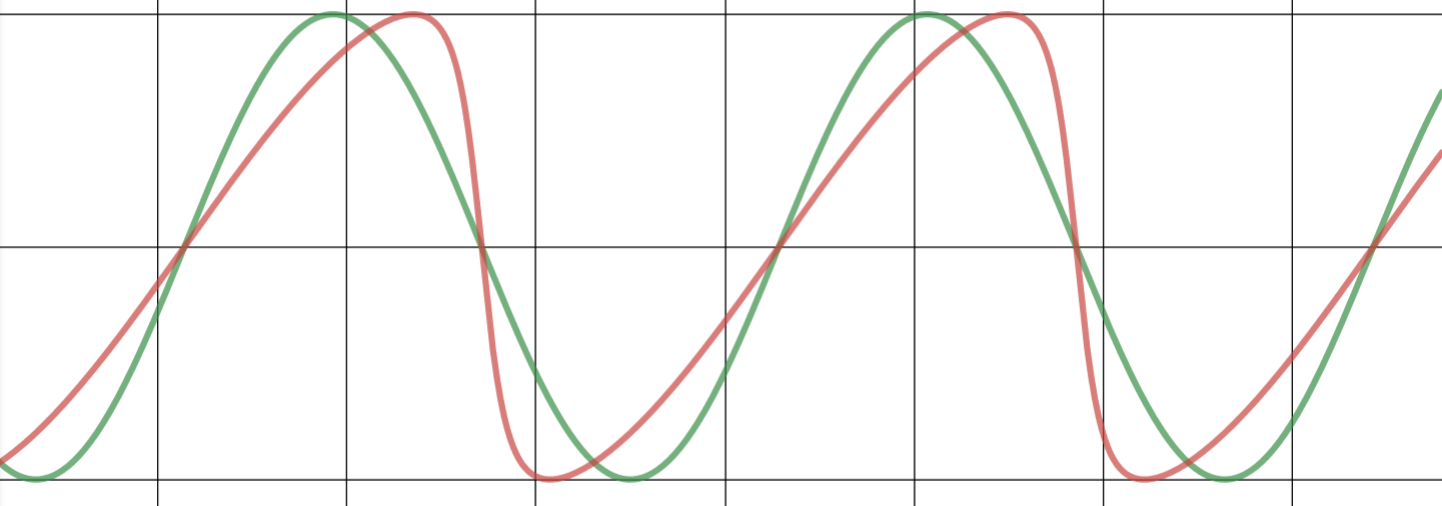 |
|
|
skew = 0.5 |
skew = 0.75 |
skew = - 0.25
skew = - 0.5
skew = -0.75
(a+cosx)cosn+bsinxsinn(a+cosx)2+(bsinx)2
Desmos interactive playbook: https://www.desmos.com/calculator/ejq06faf93
Math Equation
To apply the cycle skew, the skewed sine wave equation is introduced instead of a pure sine wave, sin(x), formula:

Where:
skew = skew factor [Range: -1 ... +1]
x = phase (rad)
Math LaTeX Code:
SineSkewed({\color{DarkGreen} x}, {\color{Blue} s_{kew}})=\frac{\sin {\color{DarkGreen} x}}{\sqrt{({\color{Blue} s_{kew}}+\cos {\color{DarkGreen} x})^2+(\sin {\color{DarkGreen} x})^2}}
.NET C# code - skewed sine wave function:
double MathSineSkewed(double x, double skew)
{
double skewedCycle = Math.Sin(x) /
Math.Sqrt(Math.Pow((skew + Math.Cos(x)), 2) + Math.Pow((Math.Sin(x)), 2));
return skewedCycle;
}
Further Reading
- "Skewed Business Cycles" (2020)
https://nbloom.people.stanford.edu/sites/g/files/sbiybj4746/f/skewness_0.pdf - "The Asymmetric Business Cycle" (2012)
https://www.mitpressjournals.org/doi/10.1162/REST_a_00169 - "Leverage and Deepening Business Cycle Skewness" (2017)
https://web.econ.ku.dk/esantoro/images/Skewness.pdf - Fatas and Mihov (2013), "Recoveries"
https://www.bostonfed.org/employment2013/papers/Fatas_Mihov_Session7.pdf
(a+cosx)cosn+bsinxsinn(a+cosx)2+(bsinx)2
